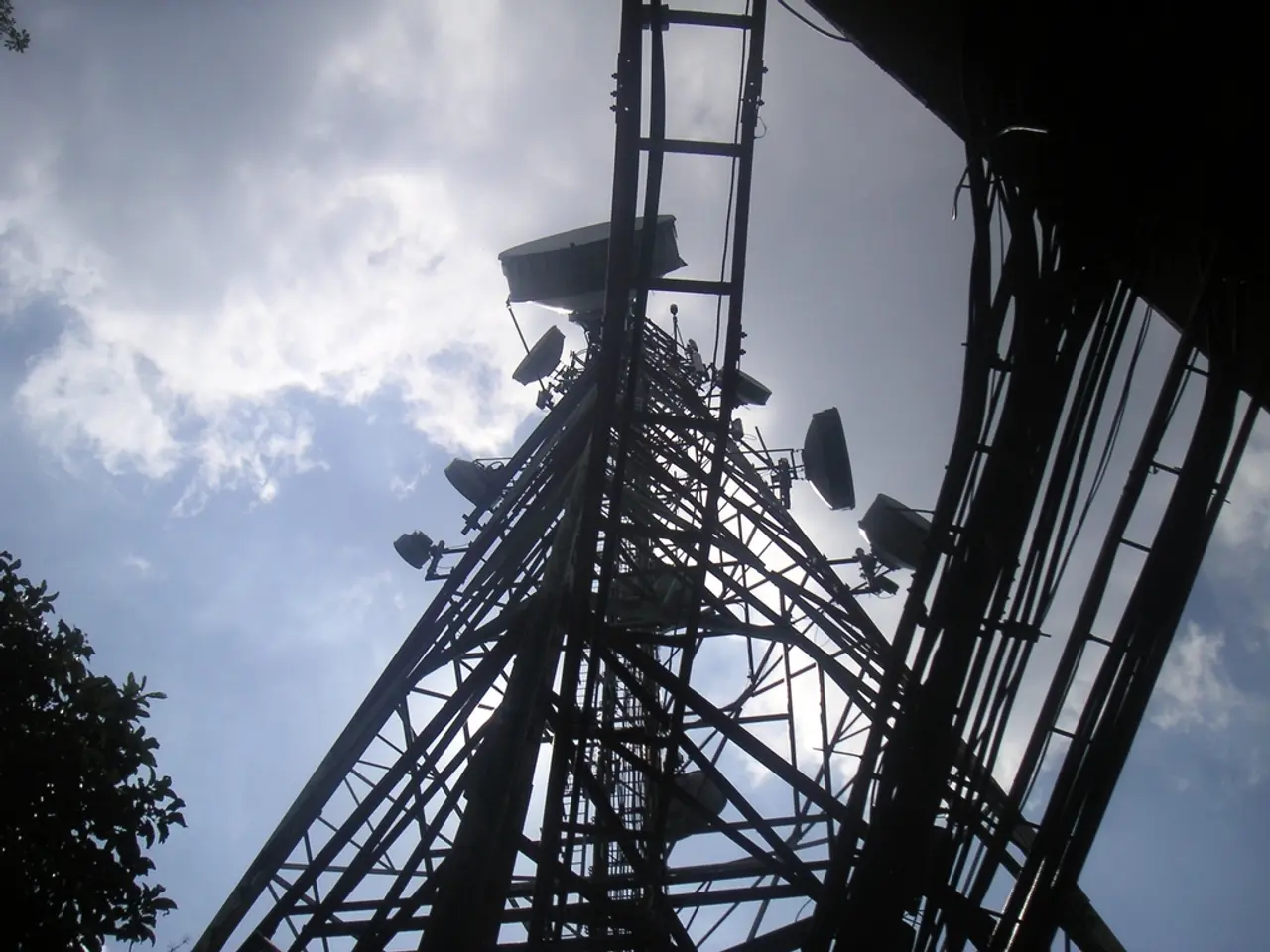Drone combat surfaced during Operation Sindoor, raising questions about India's stance on the matter.
India is taking a multi-faceted approach to counter the growing threat of drone swarms and loitering munitions, as highlighted by recent conflicts and direct attacks on its territory. This strategy combines indigenous innovation, private-public partnerships, and next-generation technology development.
Layered Air Defense Systems
A key component of India's defense is the development of layered air defense systems. These systems integrate advanced drone detection radars, electro-optical and infrared (EO/IR) sensors, and radio frequency (RF) detectors. The D-4 System, developed by DRDO’s Electronics and Radar Development Establishment (LRDE), is a prime example—offering 360° radar coverage (up to 4 km), RF detection (up to 3 km), and EO/IR visual identification (up to 2 km), enabling early and accurate drone detection.
Once detected, drones are targeted with RF and GNSS jammers to disrupt their communication and navigation systems. This "soft-kill" method is often sufficient to neutralize non-kinetic threats. For drones resistant to jamming, directed energy weapons—such as lasers—are employed. The D-4 system includes a laser with a range of 150 m to 1 km for direct engagement. India is also developing and fielding laser-based directed energy weapons (DEWs) and other kinetic interceptors.
Both static (fixed-site) and mobile (vehicle-mounted) variants of these systems are being deployed to protect critical infrastructure, military installations, and public events.
Swarm Tactics and Proactive Innovation
Recognising the threat of swarm tactics, the Indian Army is collaborating with the private sector to develop low-cost anti-drone drones that can autonomously hunt and neutralize incoming drone swarms. These interceptors are designed to detonate upon proximity to target drones, offering a scalable and cost-effective counter to expensive loitering munitions.
The new counter-swarm drones operate in coordinated groups, requiring no individual control, mirroring the swarm tactics used by adversaries. This approach leverages swarm intelligence to counter coordinated enemy drone attacks.
Policy and Strategic Vision
The Chief of Defence Staff has emphasized the need for a unified counter-Unmanned Aerial System (UAS) grid, integrating radars, sensors, jammers, and directed energy weapons, supported by robust command, control, and inter-agency coordination—especially in contested lower airspace.
High-level workshops bring together the armed forces, DRDO, industry, academia, and policymakers to accelerate indigenization and develop a roadmap for self-reliance in critical UAV technologies. Mature technologies like the D-4 system have been transferred to industry for mass production, ensuring broader deployment across military and possibly even civil sectors.
Future Directions
India's strategy is evolving rapidly to stay ahead of emerging drone threats. Key priorities include advancing AI-driven, autonomous swarm countermeasures, developing stealth UAVs, drone carriers, and further integrating directed energy weapons. Establishing a long-term vision for swarm drone operations and counter-swarm tactics is also a priority.
Reducing dependency on foreign technology through indigenous innovation and public-private partnerships is another focus area. The cost asymmetry between a single surface-to-air missile and an incoming drone is significant, with the missile costing 1000 times the drone's price.
India's approach is comprehensive, blending cutting-edge technology with rapid indigenization and operational agility to counter the evolving threat of drone swarms in modern warfare.
- To bolster its defense against drone swarms, India is developing a layered air defense system that integrates advanced radars, EO/IR sensors, and RF detectors, such as the D-4 System with its 360° radar coverage, RF detection, and EO/IR visual identification capabilities.
- Realizing the hazard of swarm tactics, the Indian Army is collaborating with the private sector to create autonomous, low-cost anti-drone drones that can self-neutralize incoming swarms, mirroring the swarm intelligence used by adversaries.
- The Chief of Defence Staff has advocated for a unified counter-Unmanned Aerial System grid, including radars, sensors, jammers, and directed energy weapons, supported by robust command, control, and inter-agency coordination. This vision aims to reduce dependency on foreign technology through indigenous innovation and public-private partnerships.




